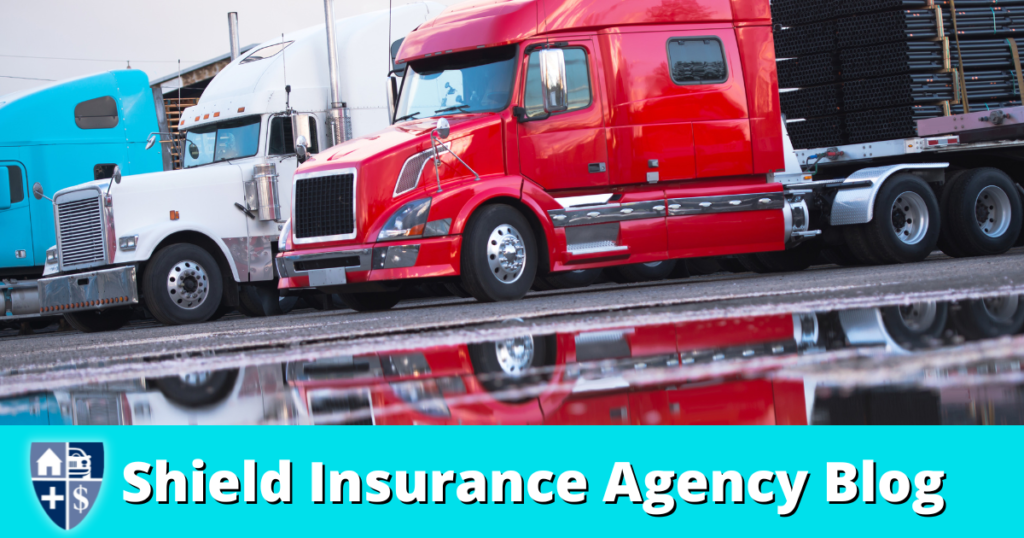Good News | By Andy Corbley | Sep 28, 2023 | Big Rigs | Business Insurance
An industry research non-profit has found that battery-electric big rigs have doubled their range and charging speed numbers in just 2 years of operation.
In conducting a real-world test on 21 freight trucks for three weeks, the North American Council for Freight Efficiency (NACFE) found this lighting-fast innovation occurring across the market for battery-electric big rigs
This includes models from Ford, Daimler, Tesla, Volvo, and General Motors.
All-Electric Big Rigs
“This gives us real data, real-world experience to look into the future a bit — and I think the future of battery electric commercial trucks is bright,” said Mike Roeth, NACFE’s executive director.
While the NACFE’s 2023 report didn’t contain weight details for the trucks involved, which Roeth admits was frustrating since weight affects range, he confirmed that each of the 21 vehicles was hauling average freight for the shipping company who owned it, and included trailers full of produce or bottled water, and international freight on shipping containers.
All-Electric Big Rigs Prove in the Zone
The exciting part of the data is the range and charging times were bang in the zone of what Roeth told Canary Media is known as the “sweet spot in… medium regional haul return-to-base,” and represents the largest part of trucking routes within states and encompasses around 300 miles of movement.
The Daimler eCascadia electric tractor-trailer, for example, averaged 322 miles per day which consisted of 26 deliveries.
For those who live inside built-up or urban areas, the idea of silent, emission-free freight trucks passing through town is a tantalizing prospect. Depending on the size, freight trucks, and big rigs can have between 10 to 18 gears, meaning their 0-35 time is extremely smog-filled, slow, and noisy.
However, there’s another aspect to stop-and-go city traffic that makes electric big rigs ideal—regenerative braking systems. This clever bit of tech can recharge the battery pack by utilizing the braking force of the huge heavy vehicle, and NACFE found that the Daimler eCascadia was able to recover a quarter of its charge simply in the course of braking during a 13-hour haul day.
There are big hurdles to overcome before electric trucking is adopted widely. At the moment, without state and federal government support, no trucking company could afford the upfront price tag of electric trucks over diesel ones, even if they represent savings over time due to reduced maintenance costs. For this reason, outside of EV-friendly states, e-trucking would be very difficult.
More Blogs featured by Shield Insurance Agency
- Navigating Michigan Auto Insurance: Understanding Collision Coverage
- Russ Cook Runs 385 Marathons In 352 Days, Becomes First Man To Run Entire Length Of Africa
- Life Insurance Demystified: Whole Life vs. Term Life – Which is Right for You?
- Restaurant’s Quest For Mystery ‘ French Fry Girl ‘ Ends In Heartwarming Discovery
- Shield Insurance’s Roadmap to RV Insurance in Michigan: What You Need to Know




















































